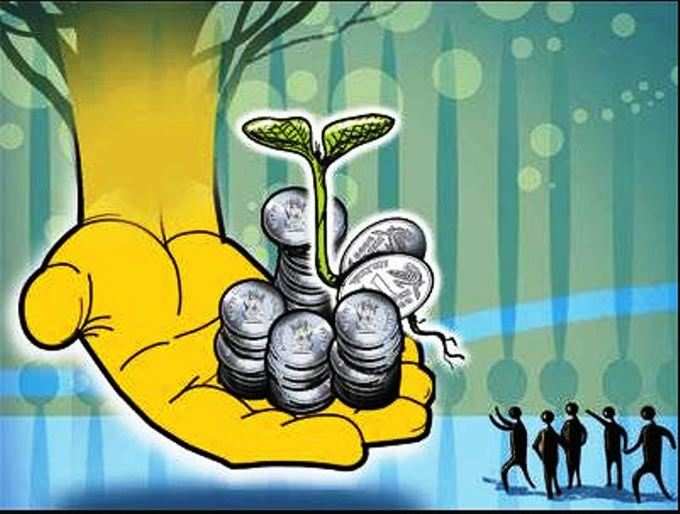
In April this year, Kolkata-based
Granting of banking licence to Bandhan has in fact proved to be a boost to the
Microfinance, which was non-existent till early seventies, came into being in 1974 when Dr Muhammad Yunus, an economics professor born in Chittagong in Bangladesh (who went on to win the Nobel Peace Prize in 2006), loaned $27 to 42 poor women to pay off loan they had taken from local loan sharks who charged exorbitant interest. That marked the birth of microfinance with the key idea of providing the poor small loans for their micro-enterprises to help them come out of poverty. The growth of Grameen Bank, set up by Yunus to help the poor fight poverty by becoming entrepreneurs, to an institution lending more than $1 billion a year to the have-nots, especially women, has proven that microfinance has a universal social applicability.
The microfinance industry in India witnessed significant growth in the years preceding the global financial crisis in 2008. SKS, which then was the country’s biggest microfinance firm with a $1.2 billion loan book, went public in July 2010. The $350 million offering was oversubscribed more than 13 times. But just a few months after SKS’ public offering, the AP microfinance crisis followed and things took an ugly turn. As farmers’ suicides abounded, AP government stiffened rules and all loans distributed in the state were written off, bringing the industry to a grinding halt as AP accounted for the bulk of microfinance lending disbursed in the country till then.
After years of muted growth, the industry has started showing signs of renewal, albeit under stricter norms issued by RBI. The investors have started responding to the sector’s renewed vigor. Last year, Indian microlenders raised a combined $470 million from investors such as Morgan Stanley Private Equity Asia and
While investors are bullish, there are those who say that the industry is headed in the wrong director from a social perspective. For decades, microfinance was mainly promoted by activists working for charities and NGOs, driven by a sense of social mission to improve the lot of the poor. But over the last decade, it has transformed into a global enterprise (the global commercial microfinance industry is expected to grow 20 per cent a year in the near future), with a portfolio worth $81 billion driven by profit more than social responsibility.
Also, the increasing interest rates charged by MFIs from impoverished borrowers—though global average interest rate is estimated at 37%, rates are as high as 70% in some markets while in India rates hover around 24-28%--seem to betray one of the key objectives of microfinance—providing small loans to the poor at an affordable cost.
However, going by the constructive and socially responsible role played by Grameen Bank in alleviating poverty in Bangladesh by helping transforming millions of poor into small entrepreneurs, one hopes the bank’s peers in India will follow suit, playing the dual role of agents of social change in fighting poverty while creating wealth through transparent business practices, thus contributing to overall economic growth.
Image credit: indiatimes.com